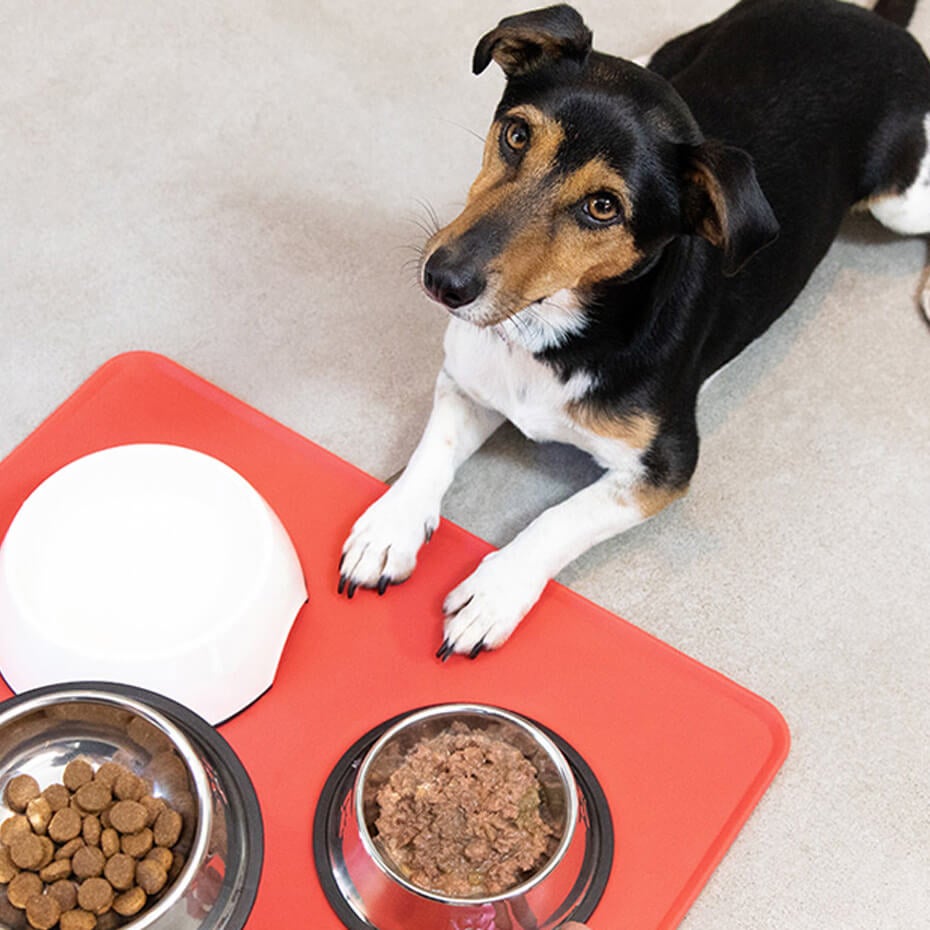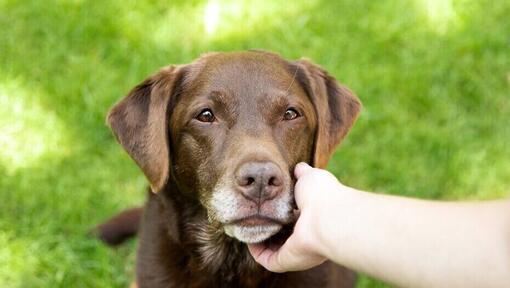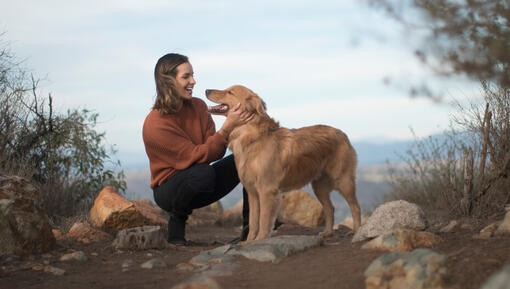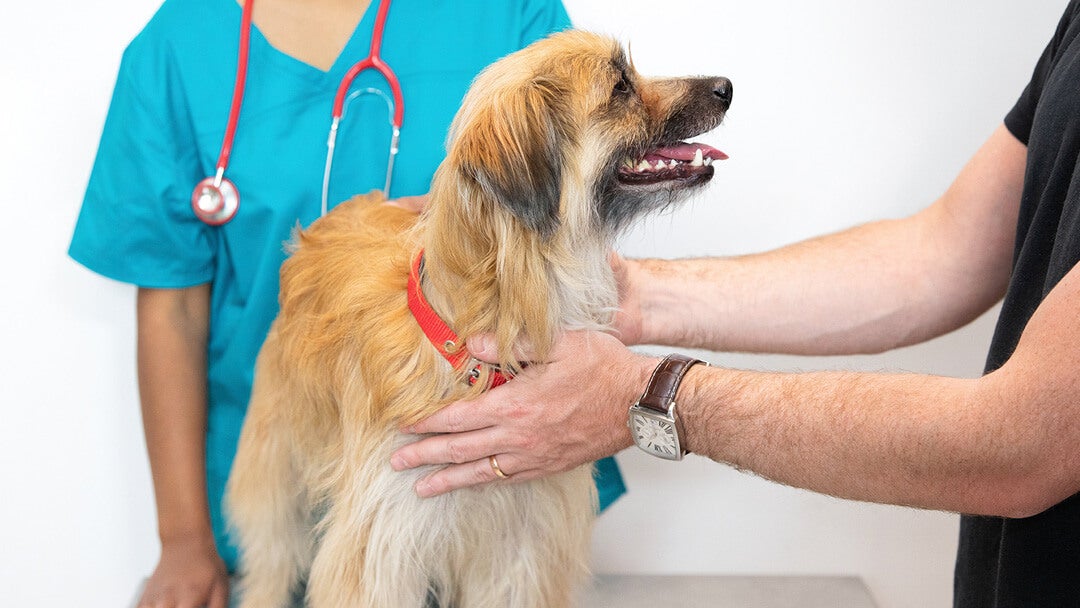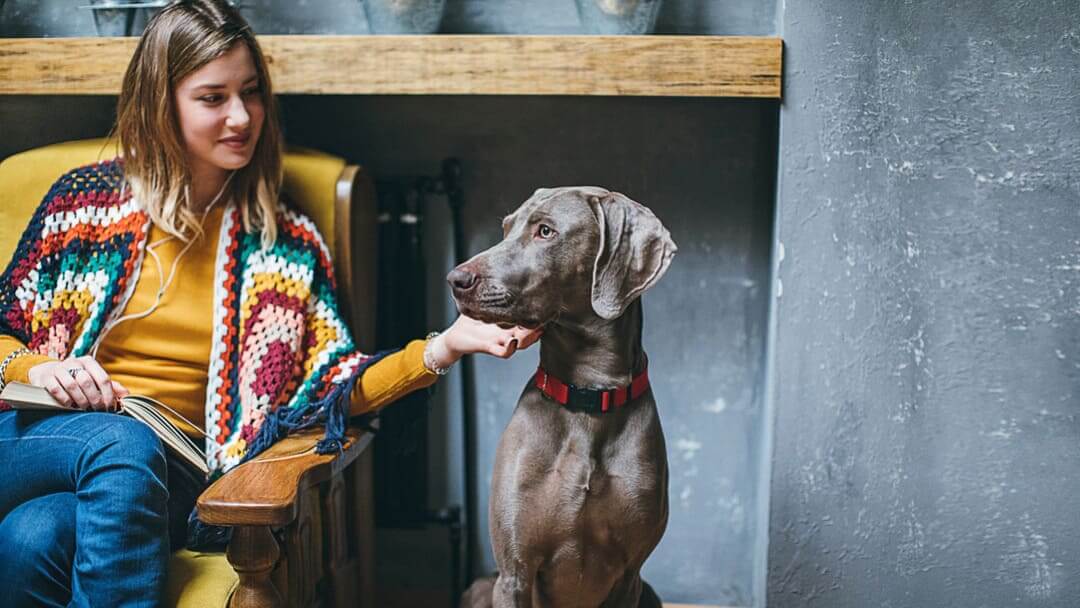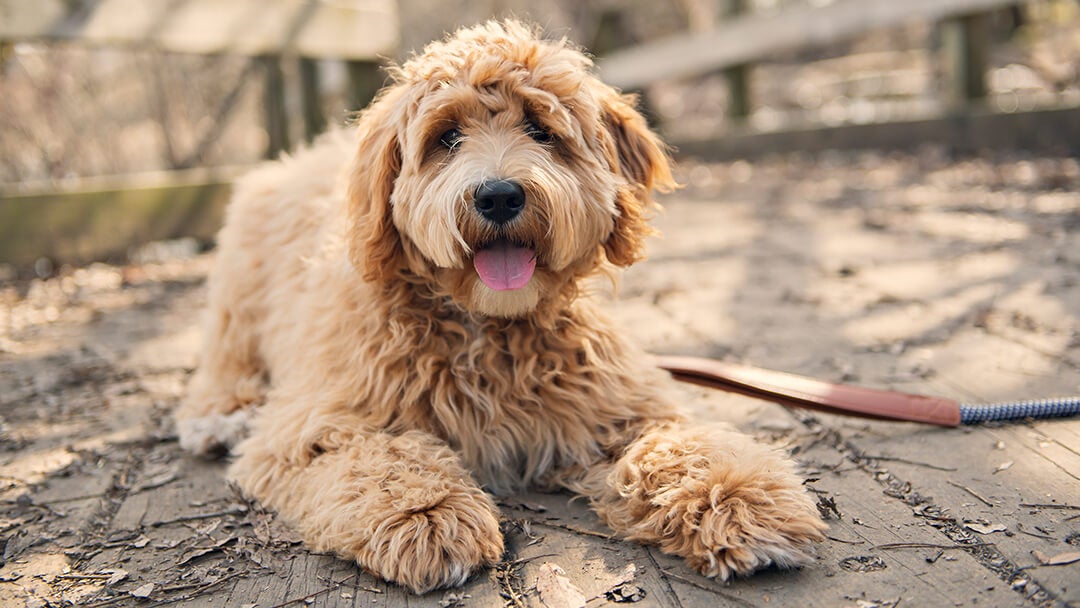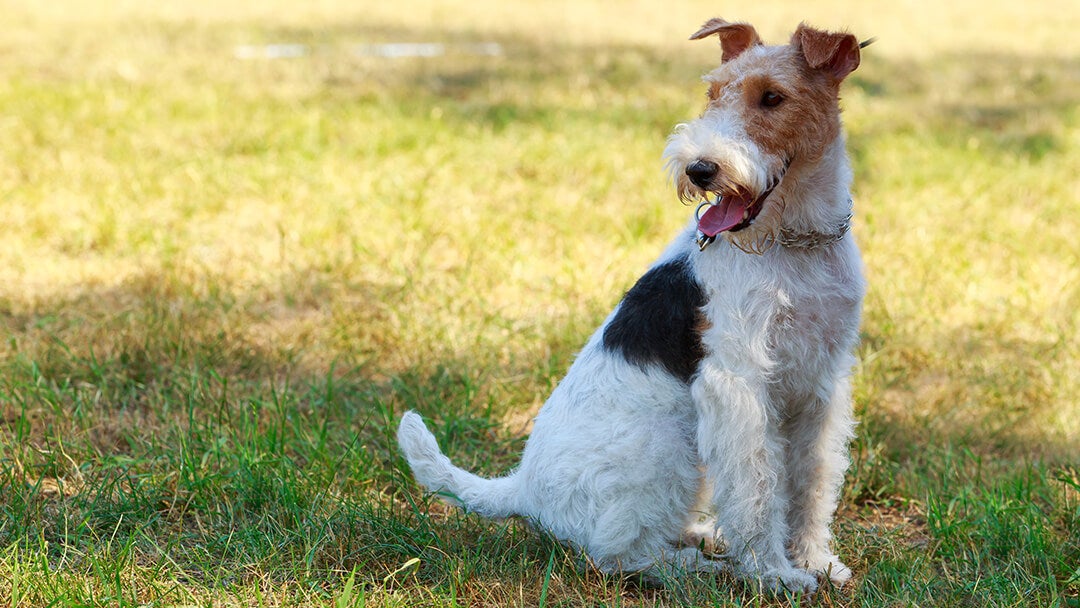
Has your dog been diagnosed with hip dysplasia? Don’t worry as we have put together a quick guide that explains in plain English what the condition is, what is causing it and what you can do to help your dog.
What is hip dysplasia in dogs?
Hip dysplasia in dogs is a genetic condition in which the hip joints develop abnormally. Puppies are born with structurally normal ball-and-socket hip joints, but within the first few weeks of life the ligaments that support the hip joints become lax. The joints then become less stable and can make slight movements that would not occur in a healthy individual.
This instability leads to the development of further structural changes, such as flattening of the ‘ball’ part of the joint. This means the ball and socket do not fit together how they should. Therefore, the two can move out of correct alignment and even lead to slight dislocation.
Most pets will be affected by dysplasia in both hip joints and all dogs will develop a degree of osteoarthritis at some point in their lives. Although hip dysplasia is genetic, there are several genes that can lead to this condition and not all pets with these genes develop the disease. Environmental factors can make the problem worse, but they cannot cause the disease unless a predisposing gene was present.
Symptoms of hip dysplasia in dogs
Hip dysplasia is more common in larger breed dogs, although it can occur in any breed. The condition will usually be diagnosed at 6 to 12 months of age and symptoms will start to appear at different stages, depending on the individual. Watch out for signs such as your dog being a bit unsteady on their feet or having difficulties getting up. Affected dogs will often have more difficulty going up stairs than down them, due to the weight distribution being greater through the back legs as they ascend. Depending on the severity of the condition, these are some of the most common symptoms of hip dysplasia in dogs:
- Stiffness.
- Unwillingness to go for walks or exercise.
- Decreased level of activity.
- Bunny hopping or other abnormal gaits.
- Limping.
- Less toned thigh muscles.
- Pain in some cases.
If you notice any of these signs, don’t hesitate to contact your vet for their diagnosis.
What causes hip dysplasia in dogs?
Hip dysplasia in dogs is a genetic condition. It is unclear why some individuals with the genes develop clinical symptoms and others don’t, but it cannot be prevented. However, there are environmental and dietary factors that can make the condition worse. For example, a rapid increase in your dog’s weight can make your pet’s hip dysplasia more painful.
Are there any dog breeds more predisposed to hip dysplasia?
Hip dysplasia is more common in larger dog breeds such as St. Bernards, Great Danes, Greyhounds or Golden Retrievers. However, cases have been reported for all breeds and sizes.
How is canine hip dysplasia diagnosed?
The vet will examine your dog for any signs of gait abnormalities or signs such as pain on hip examination. Your vet will usually recommend X-rays to look for signs of structural changes to the joint although these will not be visible in all cases. Your pet may be referred to an orthopaedic specialist for additional investigations.
Hip dysplasia dog treatment
Hip dysplasia cannot be cured, but there are a range of management and medical options available that may be appropriate for your pet. Some individuals are good candidates for surgery, and may even have their hip joint removed. Here are some of the options that your vet might recommend:
Weight control is one of the first things to keep in mind once your dog has been diagnosed with hip dysplasia. The less strain on your dog’s hips the better, which is why a reduction in body mass, especially of your dog is overweight, is one of the first courses of action. Find out more about the healthy dog weight and body condition from our in-depth article here.
A more cautious approach towards your pet’s exercise routine will be recommended as well. This doesn’t mean that your daily walks with your dog are over. Quite on the contrary – walks are an important part of keeping their muscles toned (unless advised otherwise by the vet). Aim for shorter walks two times a day, instead of one long one, and stick to a regular exercise routine. Some of the things to avoid are jumps, very long walks or runs.
To help a dog with hip dysplasia, ask your vet whether hydrotherapy or swimming could be included in their routine. This can help to strengthen the muscles around the affected joint whilst the water supports some of your dog’s weight.
If your pet is struggling, don’t think that they have to live with the discomfort. The vet can recommend suitable medication such as anti-inflammatories which can help to reduce pain in a dog with hip dysplasia.
Physiotherapy can be beneficial, and it is worth asking your vet whether this would be suitable for your pet and which veterinary physiotherapists they recommend.
In some cases, your dog may need to undergo a hip surgery. There are different types of surgery, some aimed at improving the alignment of the ball and socket whereas others offer a total hip replacement. The vet will recommend the best surgical treatment for your dog’s condition.
Dogs with hip dysplasia can live comfortably, long into their golden years, so even if your dear canine has been diagnosed with the condition you can expect many joyful years together. If your dog is over 7 years old, they may need additional support as they age – read more about caring for a senior dog here.
